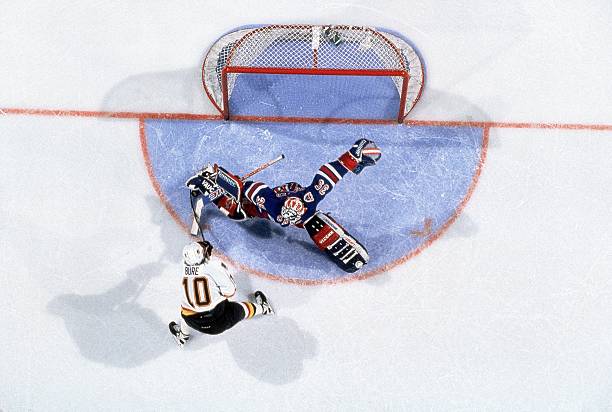A backyard soccer field can enable you to play the sport you love in the comfort of your own home, whether you’re a soccer fan who enjoys playing pick-up games with your friends or the parent of a budding star who wants to help your child improve. Building your own sports field may seem impossible, but it’s not as impossible as you might think. While it may not be possible to reproduce Old Trafford, there are pitch options for virtually every location and budget.
If you’re interested in learning more about how to design the perfect playing field, continue reading! Once you know how much it will cost, what supplies you’ll need, and if it’s allowed where you live, you can determine if it’s worth building a pitch outside your back door.
Materials and Cost
Lot clearance, irrigation, and rolled sod can add another $16,000 or more to the price of a backyard pitch, but fixing up an existing patch of grass will only cost a few hundred dollars. Your actual cost depends on your field’s size, the materials and equipment you pick, and the amount of manpower you hire.
Size
Building a larger field costs more. An official soccer pitch would require a lot of space, which most people just don’t have. Fortunately, you can work on your dribbling, shooting, and defense skills without occupying 8,000 square feet. Soccer fields should be 15 yards wide and 20 yards long, but smaller locations can suffice. The width-to-length ratio for two-goal fields should be 0.625:1. Half-fields with a single goal should be 1.25 times as wide as they are long.
Materials
The surface is one of the greatest expense issues when developing a soccer pitch. In general, natural grass demands the lowest initial investment. You may expect to pay approximately $.05 per square foot for seed, while the price of sod will range anywhere from $0.08 to $0.45 per square foot.
When deciding between sod and seed, pick a grass variety with good consistency and a fast rate of repairing damage from foot traffic. In the north, Kentucky bluegrass combined with 10 to 20 percent perennial ryegrass develops quickly and repairs effectively. Bermuda grass is a top pick for those in the South. You can overseed it with perennial ryegrass so that it can be used throughout the year.
Artificial turf has a much higher initial investment cost, ranging from $2 to $8 per square foot. Nylon traditional turfs are the least expensive option. The highest-end synthetic turfs are constructed with plastic fibers and infilled with sand and rubber particles.
Equipment
A soccer ball and a goal with Feelnets, Nets for Sports Designer are all you need to start playing once the field has been marked. To improve your experience, you can pay more for several options. With well-placed floodlights, you may practice before sunrise or play through the night to make up for lost time. Since designing and installing floodlights is best left to a skilled electrician, consider working with an outside landscape and lighting company.
Putting up a fence around the field is another great way to improve the overall experience. Installing a fence will cost you an extra $1,500 to $4,000, depending on how long the fence is and what it is made of. However, you will spend a little less time chasing balls and much more time scoring goals. This gives you seclusion and protects your driveway and back windows from corner kicks.
Come check out Belly Up Sports on Twitter for more sports and entertainment news and content.






